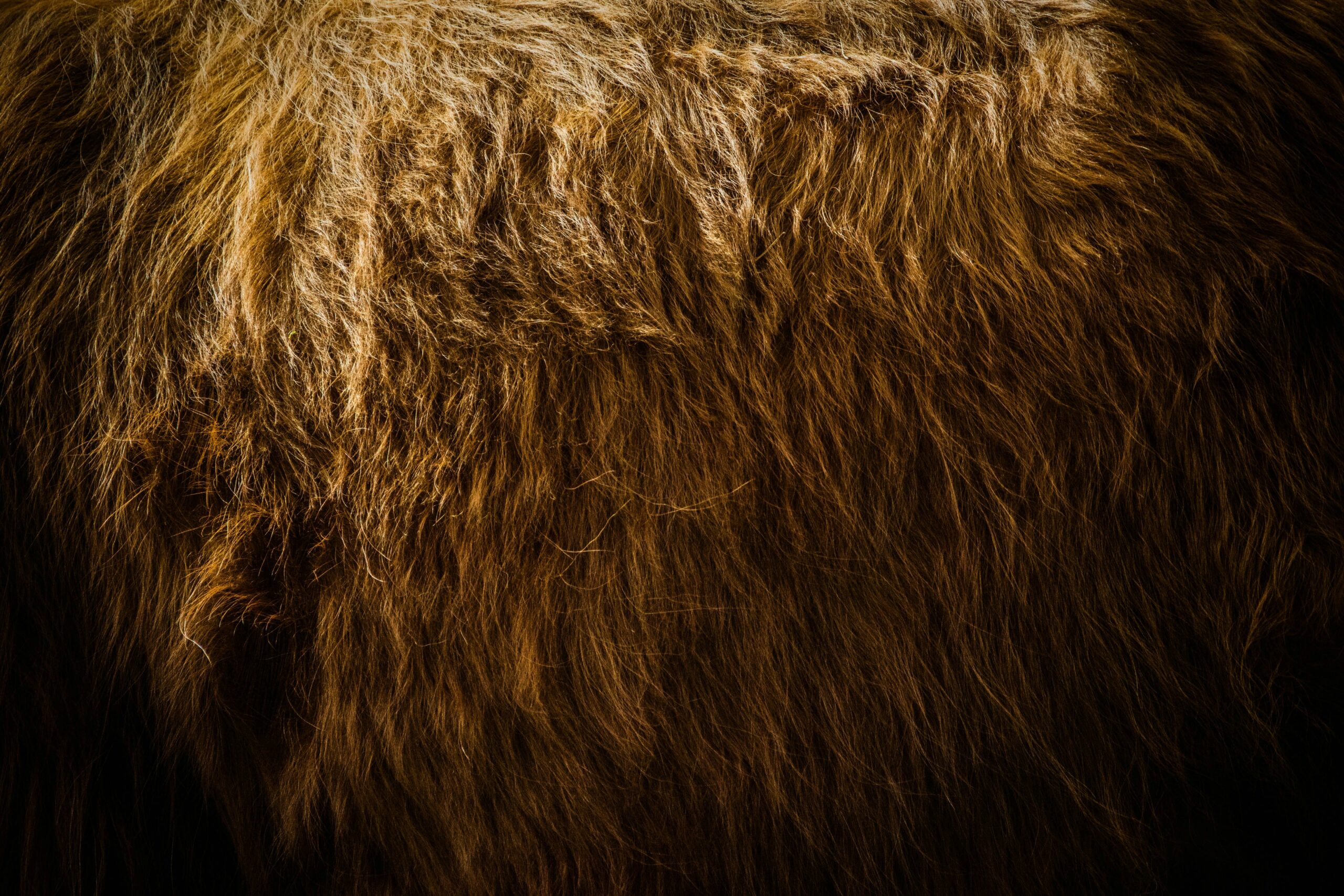Fur has gone through many phases, from a time prior to Neanderthals, to today. However, it has always been part of the history of mankind. When you look at the link between fur garments and man, you understand that it has had a great importance at time and that it still does in different ways. Here are some great facts that you might not know about fur.
Reptile skins can also make Great Jackets and Coats
Fur is most often bought to keep us warm. It is also true of leather jackets made from animal skins. But did you know that you can also buy a men’s python jacket or even one made out of crocodile’s skin? Yes, reptiles are also part of the history of fur, because they serve the same purpose of keeping you warm, and also dry.
Fur probably helped the Human Race to survive
We are still studying the past to understand where we come from. Recent studies tend to show that it is probable that homo sapiens used furs to keep themselves warm, during the Ice Age, while Neanderthals didn’t. To determine that, scientists and researchers have looked at the skin, or lack of, on the animals they found where homo sapiens used to live, and the dwellings of Neanderthals. What they found is that many animals were skinless in the first place (rabbit, minks and wolverines), which wasn’t the case where Neanderthals lived.
The fur trade was an Important Factor in the determination of the Canadian-US border
When explorers arrived in North America, what attracted them most was the capacity to trade trinkets to the Indians that were already living on the territory for fur pellets. Then, once there were colonies installed, they started the fur trade and increased the trapping of animals. The two competitors at the time were Jacob Astor’s American Fur Company in the US and the North West Company based in Montreal (Canada). Their development played a part in shaping the frontier between the two countries.
Animals used for Fur Coats are More Populous than Ever
At the beginning, beaver skin was the main fur used in coats and jackets. Today, there are more beavers than there were when Europeans arrived in North America. The same is true about other animals used in the fur industry, such as foxes and raccoons. That is partly due to the fact that modern trapping regulations only allow nature’s surplus to be taken and used.

